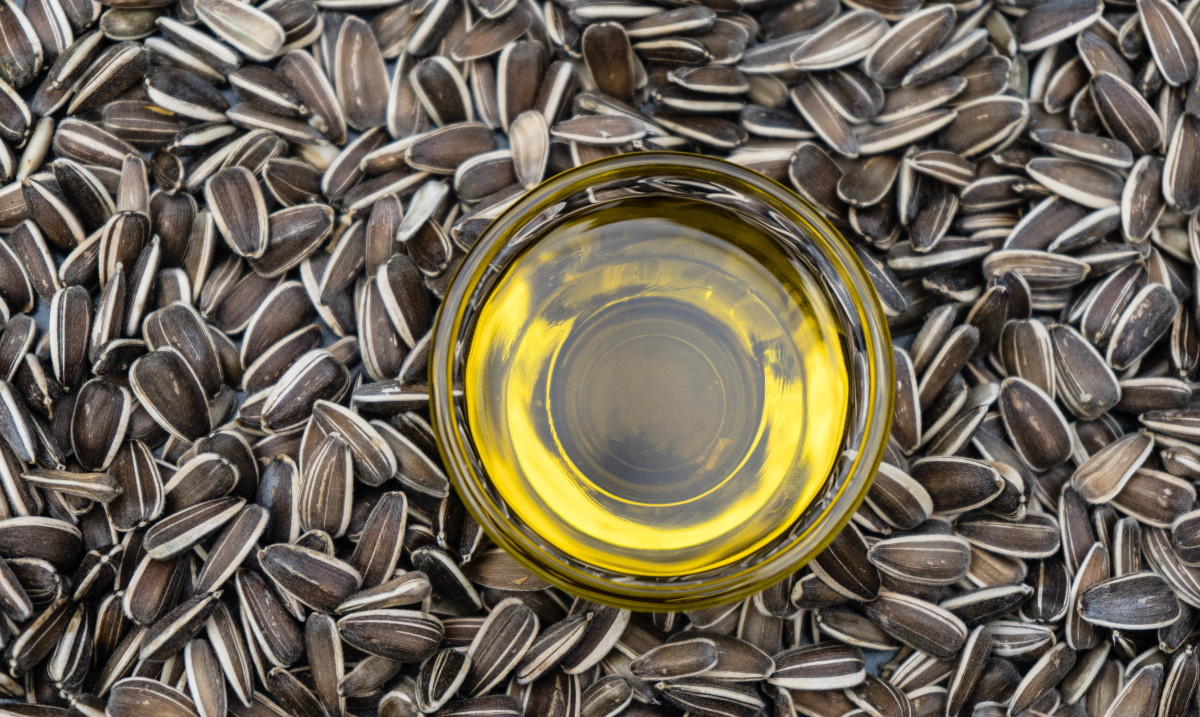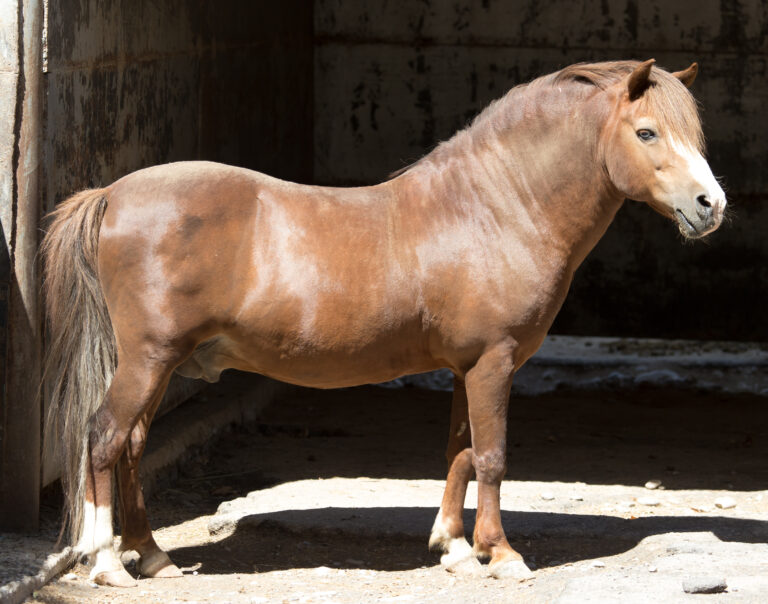
Granulation tissue can get out of hand and require multiple attempts to reduce it to improve healing and wound contraction. Ozone has been touted to have bacterial, antiviral and antifungal properties, making it useful for chronic wounds. While not able to penetrate cells, ozone forms reactive oxygen species such as hydrogen peroxide to elicit growth factor synthesis to assist in healing. Use of ozonated oil also has the potential to provide slow oxygen delivery to tissue.
Sunflower seeds, with their ample supply of linoleic acid, provide arachidonic acid to stimulate new blood vessels along with cell migration and proliferation of fibroblasts to form cellular matrix.
A Brazilian study compared sunflower seed oil in a pure or an ozonated form to assess wound healing. Two full-thickness wounds were surgically created on the proximal and distal cannon bones of both forelimbs in eight horses [Di Filippo, et al. Effects of pure and ozonated sunflower seed oil (Helianthus annuus) on hyper-granulation tissue formation, infection and healing of equine lower limb wounds. Brazilian Journal of Veterinary Medicine 2020, 42, e113520. DOI: 10.29374/2527-2179.bjvm113520]
In four horses, 3 ml ozonated sunflower seed oil was applied to the proximal wounds on one limb while proximal wounds on the contralateral limb were treated with 3 ml pure sunflower seed oil. On both limbs, distal wounds were rinsed with 0.9% sodium chloride. In the other four horses, treatment was modified to saline rinse the proximal wounds and treat with either pure or ozonated oil on the distal wounds. Treatments were applied once daily.
Wound area and contraction rates were measured on Days 0, 3, 7, 14 and 21 along with cultures followed by 6 mm biopsy samples. At 21 days, wound contraction results revealed the following:
- Ozone oil ~ 72%
- Pure oil ~ 53%
- Control (0.9% NaCl) ~ 35%
Both the pure oil and control wounds also developed suppurative exudate and isolation of Strep zooepidemicus along with neutrophilic infiltrates by Day 7.
Exuberant granulation tissue developed in only the control group at 14 and 21 days. Wounds treated with ozonated sunflower oil began epithelization on Day 14. None of the 32 wounds were healed by Day 21, however the ozone oil-treated group healed by Day 25, the pure oil group healed by Day 27, and the control (saline) group healed by Day 30. Wound size was markedly reduced in wounds treated with ozonated oil.
In conclusion the authors states, “Topical application of ozonated sunflower seed oil accelerates acute cutaneous wound repair in horses, preventing hyper-granulation tissue and infection, and that it is superior to treatment with pure sunflower seed oil and 0.9% sodium chloride.”

![[Aggregator] Downloaded image for imported item #18375](https://s3.amazonaws.com/wp-s3-equimanagement.com/wp-content/uploads/2025/09/30140031/EDCC-Unbranded-26-scaled-1-768x512.jpeg)
![[Aggregator] Downloaded image for imported item #18711](https://s3.amazonaws.com/wp-s3-equimanagement.com/wp-content/uploads/2025/10/20105749/EDCC-Unbranded-14-scaled-1-768x512.jpeg)

